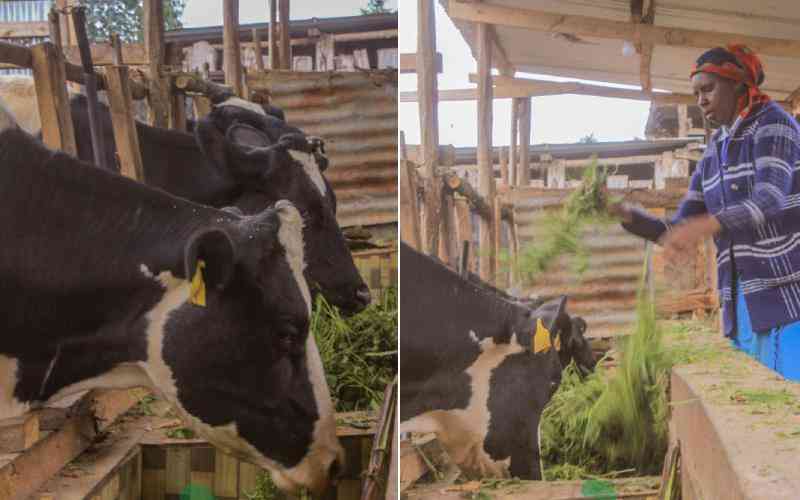
It is bad news for ugali lovers as millers have stock that can last them 10 days before we run out of maize, according to millers.
A group of cereal millers have raised the red flag on the limited amount of quality maize available in the market, warning of a price hike if nothing is done to arrest the situation.
But the National Cereals and Produce Board (NCPB) Chief Executive Newton Terer dismissed the millers’ claim and cites stocks of over two million bags in Government stores.
“There is maize. We have over 2 million bags which are good,” explained Terer.
But if the millers are saying the truth, a price hike will hurt millions of poor Kenyans who can’t go for a day without a taste of their precious dish of ugali, the country’s staple food.
Currently, a packet of two-kilogramme maize flour is retailing at between Sh90 and 102 in major retail outlets. At this price, a number of Kenyans are forced to dig deeper into their pockets for maize flour even as they grapple with a steep rise in the cost of living.
The millers said that they currently hold seven to ten days of grain stock of maize, about 500,000 bags. They also noted that they have been operating at below capacity. They said that they were currently operating at 39 per cent and 53 per cent capacity.
“We are living from hand to mouth. I don’t have any maize,” said Cereal Millers Association (CMA) chairman and CEO of Unga Ltd Nick Hutchinson.
The revelation comes just months before the country heads to a general election and it’s not clear whether the alarm raised is deliberately calculated to create a crisis and open the local market to cheap imports.
In the past, proceeds of maize and sugar imports have been used by politically-connected business persons to fund their candidates of choice. Hutchinson noted that although the Government had recently released some 600,000 bags of maize to the market, it was of Grade Three and Four, which are not fit for human consumption.
“Much of this maize (in the market) is wet, diseased, rotten and has high levels of aflatoxins,” said Hutchinson, adding that this included maize from Tanzania and Uganda.
Aflatoxin is a poisonous chemical produced by certain moulds in maize.
The millers, who say they have reached close to 10 million consumers, said that they have rejected almost 50 per cent of maize brought to them for being of poor quality.
Unscrupulous traders have however found a way of bringing back into the market this maize by blending it with good ones and selling it to unregulated millers, according to the millers.
Stay informed. Subscribe to our newsletter
This raises fear that Kenyans might be consuming dangerous maize, according to the millers.
However, the Government insists there is enough maize to feed the country, and even accused millers of arbitrarily hiking the prices.
“But at the end of the day, I do not decide whether to release or not. That should be a question to the ministry,” Terer told The Standard in a telephone interview noting they only hold maize on behalf the Strategic Grain Reserve.
Grade Three is the silo maize, and because of the temperatures in the silos they might be a bit discolored. But it doesn’t mean it is bad. They are good maize.”
The millers, however, say that they are highly regulated and so cannot mill such discoloured maize. “We can’t mill discoloured maize for human consumption,” said Hutchinson during a press briefing.
 The Standard Group Plc is a
multi-media organization with investments in media platforms spanning newspaper
print operations, television, radio broadcasting, digital and online services. The
Standard Group is recognized as a leading multi-media house in Kenya with a key
influence in matters of national and international interest.
The Standard Group Plc is a
multi-media organization with investments in media platforms spanning newspaper
print operations, television, radio broadcasting, digital and online services. The
Standard Group is recognized as a leading multi-media house in Kenya with a key
influence in matters of national and international interest.
 The Standard Group Plc is a
multi-media organization with investments in media platforms spanning newspaper
print operations, television, radio broadcasting, digital and online services. The
Standard Group is recognized as a leading multi-media house in Kenya with a key
influence in matters of national and international interest.
The Standard Group Plc is a
multi-media organization with investments in media platforms spanning newspaper
print operations, television, radio broadcasting, digital and online services. The
Standard Group is recognized as a leading multi-media house in Kenya with a key
influence in matters of national and international interest.










